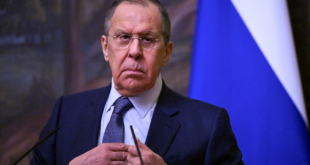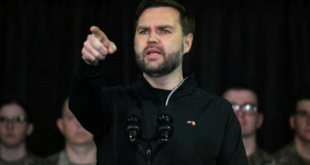KABUL, Afghanistan – Taliban fighters attack U.S. or NATO forces in populated areas, then retreat to civilian homes. Western forces respond with massive firepower or an airstrike.That increasingly common pattern of clashes has led to a climbing number of civilian deaths and rising anger among Afghan officials and ordinary people. While militants killed 178 civilians in attacks through June 23, Western forces killed 203, according to an Associated Press count based on figures from Afghan and international officials.
Exact counts are nearly impossible in the chaos of war. Separate figures from the U.N. and an umbrella organization of Afghan and international aid groups show that, through May 31, the number of civilians killed by international forces was roughly equal to those killed by insurgents.
What is clear is the political fallout: President Hamid Karzai has repeatedly pleaded with foreign troops to exercise caution and work more closely with Afghan forces, who might be able to minimize civilian casualties because of their knowledge of the terrain. On Saturday, he denounced the Taliban for killing civilians but directed most of his anger at foreign forces for being careless and viewing Afghan lives as “cheap.”
“Afghan life is not cheap and it should not be treated as such,” Karzai said.
NATO defends its right to fire on anyone who fires at its troops first, noting that it is not intentionally targeting civilians, as the Taliban sometimes does. The U.S.-led coalition suggested that many civilians reportedly killed by international troops may in fact have been killed by insurgents.
But such arguments fail to address the growing Afghan anger, said Michael Shaikh, a researcher for Human Rights Watch in Afghanistan.
“When you’re on the ground and your child has been killed by a 2,000-pound bomb, you don’t care if the attack was legal or illegal in the laws of war. You care if your son or daughter was killed,” Shaikh said.
“That’s what NATO is not getting. They need to be doing it cleaner and doing it better. Every death has a profound effect on the Afghan population,” he said.
An explosion in southern Afghanistan on Sunday killed a British soldier and injured four others, Britiain’s Ministry of Defense said.
The soldier from the 1st Battalion, The Worcestershire and Sherwood Foresters, died after his vehicle was caught in the explosion near Lashkar Gah, in volatile Helmand province, the ministry said.
The vehicle had been escorting a military team to survey a site for a new road project. All five soldiers caught in the blast were airlifted to hospital, where one was pronounced dead. He was not identified by name, pending notification of his next of kin.
Shortly afterward a man failed to stop at a security cordon around the scene and was shot and killed, the ministry said. A second man was also wounded.
A total of 61 British military personnel or defense staff have died while serving in Afghanistan since the start of the U.S.-led operations in November 2001.
Like that clash, much of Afghanistan’s violence takes place in remote areas are too far or dangerous for independent observers to reach, and it is not uncommon for figures cited by international forces, the U.N. or Afghan officials to vary widely.
In addition, militants often wear civilian dress and seek shelter in innocent villagers’ homes, making it hard to differentiate between fighters and civilians in the aftermath of battles.
Further complicating death toll counts, Afghans tend to bury their dead soon after they are killed — following the rules of Islam — and those deaths are hard to verify or not included in casualty tolls.
The AP count of civilian casualties runs from Jan. 1 through June 23 and is based on reports from witnesses and U.S., U.N., NATO and Afghan officials. Of the 399 civilian deaths in the tally, 18 were reportedly from crossfire between Taliban militants and foreign forces.
The U.N. Assistance Mission in Afghanistan has counted 213 civilians killed by insurgents through May and 207 killed by Afghan and international forces, based on reports from Afghan and international forces and verification by its own human rights officers.
ACBAR — the Agency Coordinating Body for Afghan Relief — has counted 230 civilians killed in U.S. and NATO operations through May and roughly the same number killed by militants. The ACBAR tally is based on numbers from the Afghan Independent Human Rights Commission, the Afghan NGO Security Office and the U.N.
The U.N. and ACBAR figures do not include June, which saw a huge spike in military operations and insurgency attacks. Karzai on Saturday said that in the past 10 days more than 90 civilians have been killed in U.S. or NATO operations. He did not say how many had been killed by the Taliban.
The U.S. and NATO said they did not have civilian casualty figures.
NATO says it tries to observe a target for as long as possible from both the ground and the air and only attacks it if there is no sign of civilians. NATO blames the insurgents for hiding among civilians, and insists that troops have the right to defend themselves.
“If someone’s firing at me, he’s a combatant,” said Maj. John Thomas, a spokesman for NATO’s International Security Assistance Force.
Maj. Chris Belcher, a spokesman for the U.S.-led coalition, suggested that some civilians reportedly killed by foreign forces may in fact have been killed by insurgents.
“It’s not always clear if a civilian casualty is caused by an extremist or coalition forces,” Belcher said.
 Eurasia Press & News
Eurasia Press & News



